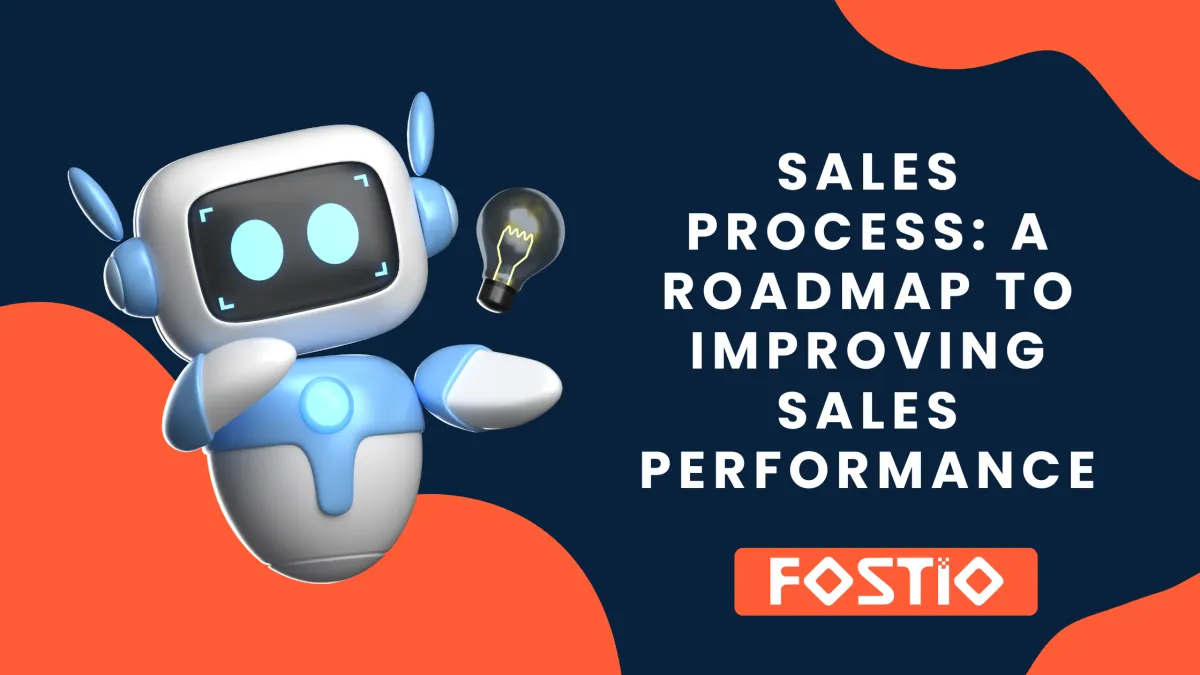Email Warm-Up Tools: What They Are & Why You Need One
Learn how email warm-up tools improve deliverability, protect sender reputation, and prevent campaigns from landing in spam.

Learn how email warm-up tools improve deliverability, protect sender reputation, and prevent campaigns from landing in spam.

Explore the best email drip campaigns from SaaS leaders and learn how to apply their strategies using automation tools like Fostio.

Learn how to create a winning sales process that drives revenue growth, improves customer relationships, and ensures business sustainability. Discover the 7 key steps to closing more deals faster!

Discover how to master omnichannel customer engagement with effective strategies, best practices, and smart automation. Learn how Fostio’s all-in-one marketing platform can help you deliver seamless, personalized experiences that boost loyalty and sales.

Boost your response rate with these proven cold email templates, examples, and tips. Learn how to personalize, structure, and send high-response cold emails.

Learn what the Rule of 40 means for SaaS businesses, how to calculate it, why it matters, and its limitations. Boost your growth and profitability with this simple metric.
Address: 99 Wall Street #1258 New York, NY 10005
Mobile: +1(929)645-1050 / +919871220438
FOLLOW US ON


100% PCI Compliant
Address:
B-001, Phase-1, Sobha International City, sector-109, Near Dwarka Expressway, Gurgaon, Haryana - 122017
Mobile: +919871220438
FOLLOW US ON